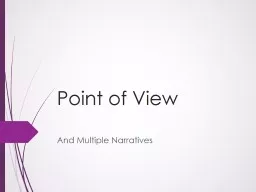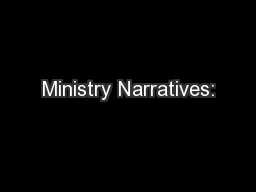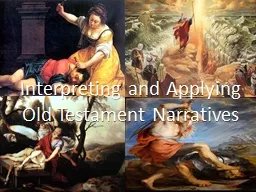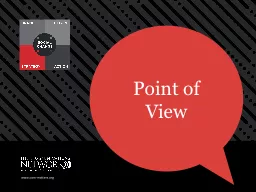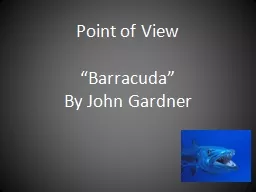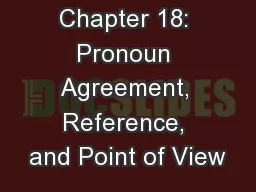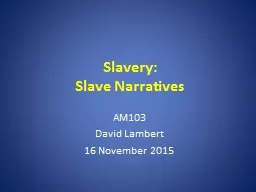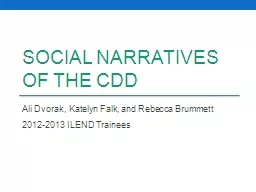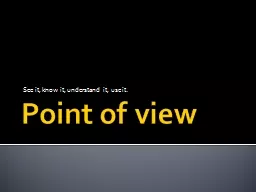PPT-Point of View and Multiple Narratives
Author : mitsue-stanley | Published Date : 2017-05-30
Common mistake especially in firstperson narration Narrator or other characters isare often ignorant of many things author knows or has radically different opinion
Presentation Embed Code
Download Presentation
Download Presentation The PPT/PDF document "Point of View and Multiple Narratives" is the property of its rightful owner. Permission is granted to download and print the materials on this website for personal, non-commercial use only, and to display it on your personal computer provided you do not modify the materials and that you retain all copyright notices contained in the materials. By downloading content from our website, you accept the terms of this agreement.
Point of View and Multiple Narratives: Transcript
Download Rules Of Document
"Point of View and Multiple Narratives"The content belongs to its owner. You may download and print it for personal use, without modification, and keep all copyright notices. By downloading, you agree to these terms.
Related Documents

